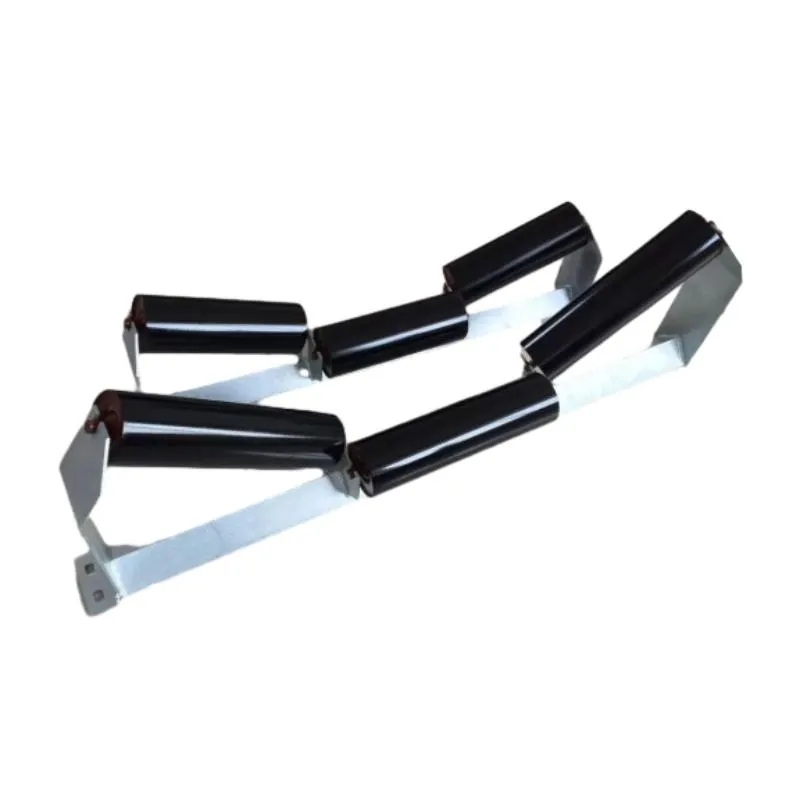 Afrikaans
Afrikaans  Albanian
Albanian  Amharic
Amharic  Arabic
Arabic  Armenian
Armenian  Azerbaijani
Azerbaijani  Basque
Basque  Belarusian
Belarusian  Bengali
Bengali  Bosnian
Bosnian  Bulgarian
Bulgarian  Catalan
Catalan  Cebuano
Cebuano  Corsican
Corsican  Croatian
Croatian  Czech
Czech  Danish
Danish  Dutch
Dutch  English
English  Esperanto
Esperanto  Estonian
Estonian  Finnish
Finnish  French
French  Frisian
Frisian  Galician
Galician  Georgian
Georgian  German
German  Greek
Greek  Gujarati
Gujarati  Haitian Creole
Haitian Creole  hausa
hausa  hawaiian
hawaiian  Hebrew
Hebrew  Hindi
Hindi  Miao
Miao  Hungarian
Hungarian  Icelandic
Icelandic  igbo
igbo  Indonesian
Indonesian  irish
irish  Italian
Italian  Japanese
Japanese  Javanese
Javanese  Kannada
Kannada  kazakh
kazakh  Khmer
Khmer  Rwandese
Rwandese  Korean
Korean  Kurdish
Kurdish  Kyrgyz
Kyrgyz  Lao
Lao  Latin
Latin  Latvian
Latvian  Lithuanian
Lithuanian  Luxembourgish
Luxembourgish  Macedonian
Macedonian  Malgashi
Malgashi  Malay
Malay  Malayalam
Malayalam  Maltese
Maltese  Maori
Maori  Marathi
Marathi  Mongolian
Mongolian  Myanmar
Myanmar  Nepali
Nepali  Norwegian
Norwegian  Norwegian
Norwegian  Occitan
Occitan  Pashto
Pashto  Persian
Persian  Polish
Polish  Portuguese
Portuguese  Punjabi
Punjabi  Romanian
Romanian  Russian
Russian  Samoan
Samoan  Scottish Gaelic
Scottish Gaelic  Serbian
Serbian  Sesotho
Sesotho  Shona
Shona  Sindhi
Sindhi  Sinhala
Sinhala  Slovak
Slovak  Slovenian
Slovenian  Somali
Somali  Spanish
Spanish  Sundanese
Sundanese  Swahili
Swahili  Swedish
Swedish  Tagalog
Tagalog  Tajik
Tajik  Tamil
Tamil  Tatar
Tatar  Telugu
Telugu  Thai
Thai  Turkish
Turkish  Turkmen
Turkmen  Ukrainian
Ukrainian  Urdu
Urdu  Uighur
Uighur  Uzbek
Uzbek  Vietnamese
Vietnamese  Welsh
Welsh  Bantu
Bantu  Yiddish
Yiddish  Yoruba
Yoruba  Zulu
Zulu conveyor belt support structures and idler frame design for efficient material handling
Understanding Conveyor Idler Frames Essential Components for Efficient Material Handling
In various industries, efficient material transportation is crucial for productivity and profitability. One of the essential components that facilitate this process is the conveyor idler frame. These frames support conveyor belts and play a pivotal role in the overall functionality and reliability of conveyor systems. In this article, we will explore the importance of conveyor idler frames, their types, construction materials, and maintenance practices.
What is a Conveyor Idler Frame?
A conveyor idler frame is a structural element that holds the idlers or rollers in place along a conveyor belt. Idlers are essential for reducing friction and enabling smooth belt movement. The frame typically consists of a series of horizontal and vertical supports designed to withstand the weight of the material being transported, as well as the dynamic forces exerted during operation.
Importance of Idler Frames
Idler frames are critical for several reasons
1. Support and Stability The primary function of an idler frame is to provide structural support for the idlers, ensuring they remain stable under varying loads. A robust frame prevents sagging and misalignment, which can lead to increased wear on the conveyor belt and other components.
2. Alignment Proper alignment of the idlers is essential for preventing belt mistracking. A well-designed idler frame ensures that rollers are evenly spaced and aligned, reducing the risk of belt damage and enhancing the overall efficiency of the material handling process.
3. Load Distribution Idler frames help distribute the weight of the material being transported evenly across the conveyor system. This load distribution is crucial for maintaining the integrity of the conveyor and minimizing wear and tear on individual components.
4. Durability A durable idler frame contributes to the longevity of the conveyor system. Frames made from high-quality materials can withstand harsh operating conditions, such as exposure to moisture, dust, and heavy loads.
Types of Idler Frames
Idler frames come in various types, each designed to meet specific operational needs
- Standard Idler Frames These are commonly used in many conveyor applications and are suitable for transporting bulk materials such as grains, coal, or minerals
.- Trough Idler Frames Designed to support trough-shaped belts, these frames help contain material during transport and are particularly useful for preventing spillage.
conveyor idler frames

- Self-Cleaning Idler Frames These frames help reduce carryback—the material that sticks to the conveyor belt and gets carried back to the return side. They often include features like angled idlers that help dislodge sticky materials.
- Impact Idler Frames Used in areas where heavy loads are transferred onto the belt, these frames incorporate additional structural support and shock-absorbing features to protect the conveyor system from wear caused by heavy impacts.
Construction Materials
Idler frames are typically constructed from steel or other durable materials to ensure that they can withstand the rigors of industrial environments. Common materials include
- Mild Steel Known for its strength and versatility, mild steel is often coated with protective finishes to enhance resistance to corrosion.
- Stainless Steel Ideal for environments that require high resistance to moisture or corrosive substances, stainless steel idler frames are commonly found in food processing and chemical industries.
- Aluminum Lightweight and resistant to rust, aluminum frames are suitable for mobile or lightweight conveyor systems.
Maintenance Practices
Regular maintenance of conveyor idler frames is essential to ensure their longevity and performance. Some best practices include
1. Routine Inspections Regularly check for wear and tear, misalignment, and corrosion. Early detection can prevent costly repairs and downtime.
2. Lubrication Ensure that moving components are adequately lubricated to reduce friction and wear.
3. Replacement Replace worn or damaged idlers and frames promptly to maintain operational efficiency.
In conclusion, conveyor idler frames are fundamental components in the design and operation of conveyor systems. Their role in supporting idlers, maintaining belt alignment, and ensuring load distribution cannot be understated. By understanding their importance, types, materials, and maintenance, industries can enhance the efficiency and longevity of their material handling systems. Proper attention to these details will undoubtedly contribute to a more productive and cost-effective operation.
-
Trusted Conveyor Solutions from Leading Conveyor Idler Roller ManufacturersNewsJun.27,2025
-
Reliable Return Idler Solutions for Efficient Belt Conveyor SystemsNewsJun.27,2025
-
Precision Conveyor Accessories for Streamlined Material HandlingNewsJun.27,2025
-
High-Quality Belt Conveyor Idler Solutions for Efficient Material HandlingNewsJun.27,2025
-
High-Performance Belt Conveyor Pulleys for Reliable Material HandlingNewsJun.27,2025
-
Enhancing Material Handling EfficiencyNewsJun.27,2025





























